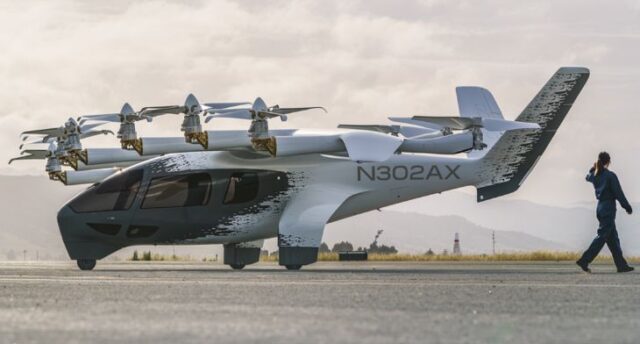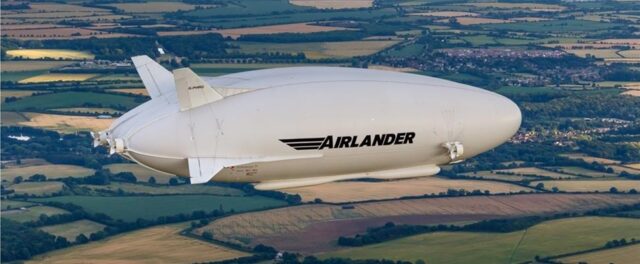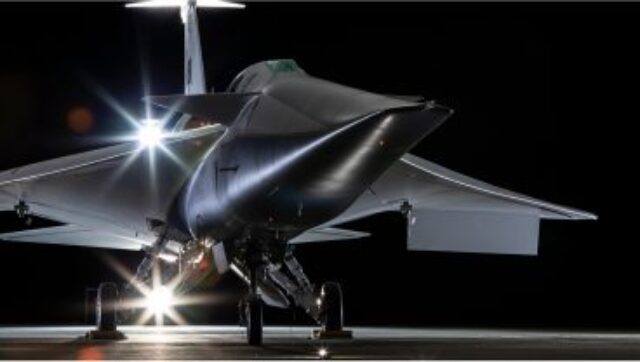Bell APT 70 achieves first autonomous flight
Rapid deployment autonomous vehicle can reach speeds of 100mph
Bell Textron has announced the first successful flight of the Autonomous Pod Transport (APT) 70 at their testing site near Fort…

Rapid deployment autonomous vehicle can reach speeds of 100mph
Bell Textron has announced the first successful flight of the Autonomous Pod Transport (APT) 70 at their testing site near Fort Worth, Texas.
Bell plans to continue to test the vehicle under an experimental type certificate throughout the remainder of the year. Scott Drennan, vice president, Innovation said: “We are excited to reach this milestone, and look forward to continuing to advance this technology for our customers.”
“The APT is designed to be capable of various mission sets, from package delivery to critical medical transport to disaster relief. We believe this capability will change the way unmanned aerial systems are used commercially in the future.”
Rapid deployment
APT 70 is part of the eVTOL family of vehicles Bell is developing and can reach speeds of more than 100mph. It has a baseline payload capability of 70 lbs. Bell’s APT systems allow for flexible mission capabilities while keeping operations simple, efficient and fast; they are capable of twice the speed and range of a conventional multirotor. The vehicle is designed for rapid deployment, quick reconfiguration, and nimble battery swap and recharge.
Bell will use the APT 70 to demonstrate a simulated commercial mission in the national airspace system and conduct beyond visual line of sight (BVLOS) flight operations through the NASA Systems Integration and Operationalization (SIO) demonstration activity. The demonstration is expected to be held in mid-2020.
Bell is also in collaboration with Yamato, a Japanese third-party logistics provider, to integrate Yamato’s package handling system into APT 70, providing a customer experience for on-demand logistics services. The Bell and Yamato teams have already conducted a demonstrations showcasing their systems working together in preparation for entry into service anticipated by the early-2020s.
Subscribe to our weekly newsletter
















